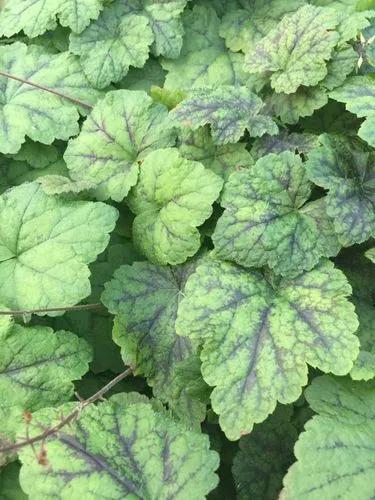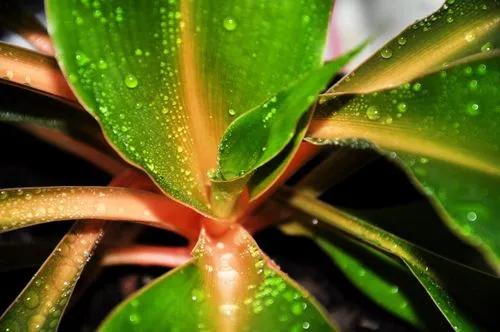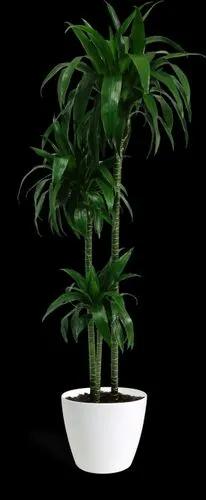A colorful and capricious Calathea Triostar makes any room look better, just like a picture you would hang on the wall. Its cream, magenta, pink, and green colors will surely add some coziness to your home.
Calathea Triostar Care
Calathea 'Triostar'



Calathea Triostar, also known by the names of Stromanthe Sanguinea, Stromanthe Triostar, Stromanthe thalia, and Tricolor plant, is a beyond-perfect houseplant provided you take good care of it.
Native to Brazilian rainforests, this tropical inhabitant loves humidity and can turn quite bushy. However, it will not grow taller than 3 feet (1 meter) if you keep it indoors. Its oblong and delicate leaves are variegated and give a nice touch to an overall green landscape.
How to Care for the Plant

Water

Calathea Triostar will not appreciate long breaks in between waterings as it likes the soil to be moist but not soggy. If the top inch (3cm) of the soil has dried out completely, give your plant a drink and empty the pot saucer. Make sure to rely on your soil since the watering needs of your plant change depending on the season.

Pruning

Calathea Triostar doesn’t need frequent pruning. Nevertheless, make sure to remove the dead leaves once they are predominantly brown. If the leaf is dead, cut it at the stem.
Moreover, keep an eye out for the roots as well. If they peep out of the bottom of the container, it’s time to repot your Stromanthe thalia. Usually, you should do it every couple of years in early spring.
Fertilizer

Your calathea triostar will be well off with standard fertilizer for houseplants applied once a month in spring and summer. However, this plant is quite tender, that’s why you should dilute the fertilizer to half-strength. Calatheas go dormant in fall and winter, so avoid feeding your plant at that time.

Sunlight

The stunning color of the leaves of Calathea Triostar is directly linked to the amount of light. If your plant is not red enough, probably there’s too much shade. Brown spots will indicate excess light. To maximize the coloring, choose a spot that faces either east or north. Additionally, turn your plant every week so that it grows evenly.

Soil

A peat-based soil is the best choice for Stromanthe Triostar as it holds moisture and allows the roots to breathe at the same time. You can also mix in some perlite to improve soil drainage.

Propagation

It is possible to propagate Triostar Stromanthe by division. Start with digging your plant up and carefully loosening the soil. Find a few rhizomes and separate them into several clumps with at least three leaves each. Then grab a pair of clean pruning shears and cut the clumps off. Afterward, repot the mother plant into fresh soil and plant your divisions into new pots and moisten the soil.

Temperature

Triostar Stromanthe plants thrive in warm rooms with no drafts and prefer a temperature range of 65-80°F (18-27°C). Humidity is even more important. If it is too low, the leaf edges will turn crispy. You can also mist the leaves several times a week or set up a humidity tray.

Container

Calatheas are generally susceptible to excess water, and your pot is the first step towards ensuring their roots don’t get suffocated. Drainage holes and a pot saucer are an absolute must.

Fun fact

The Triostar plant is a member of the plant family Marantaceae, also known as ‘prayer plants’. The reason for such a name is that these plants respond to circadian rhythms. If you watch your Calathea Triostar closely, you will notice that the leaves lower during the day and lift at night — that means your plant is ‘praying’.

Popularity

722 people already have this plant 291 people have added this plant to their wishlists
Discover more plants with the list below
Popular articles






